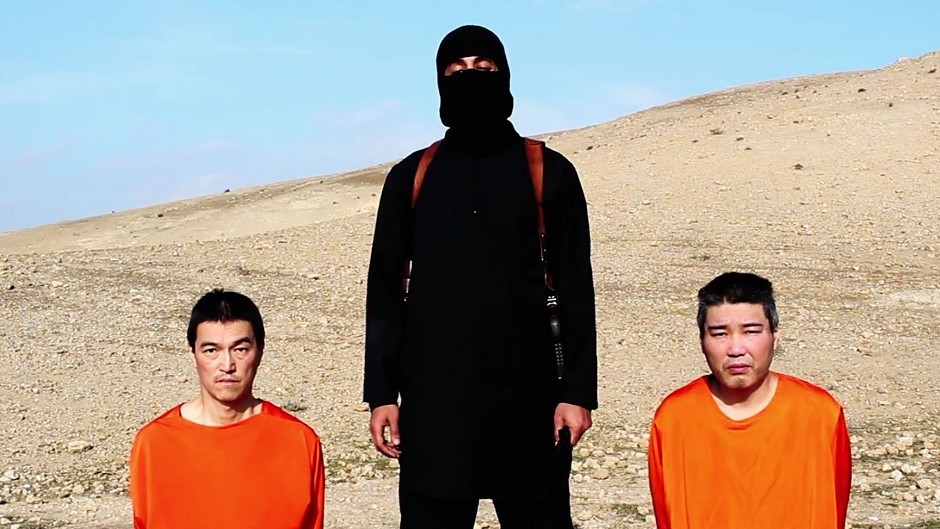Islamic State’s “Jihadi John” has been named in reports as Londoner Mohammed Emwazi.
According to the Washington Post and the BBC, Emwazi has been identified by friends and others familiar with his case.
The IS frontman, who has appeared in a series of shocking videos in which hostages, including British aid worker Alan Henning, are brutally murdered, is reported to have grown up in west London and graduated from university with a degree in computer programming.
Scotland Yard has refused to confirm the reports.
Commander Richard Walton, head of the Met’s Counter Terrorism Command, said: “We have previously asked media outlets not to speculate about the details of our investigation on the basis that life is at risk.
“We are not going to confirm the identity of anyone at this stage or give an update on the progress of this live counter-terrorism investigation.”
The man known as Jihadi John rose to notoriety when he first appeared in a video posted online in August, in which he appeared to kill the American journalist James Foley.
Dressed in all black with a balaclava covering all but his eyes and the ridge of his nose and a holster under his left arm, he reappeared in videos of the beheadings of US journalist Steven Sotloff, British aid worker David Haines and American aid worker Peter Kassig, as well as footage of Mr Henning’s death.
And last month, the militant appeared in a video with the Japanese hostages Haruna Yukawa and Kenji Goto, shortly before they were killed.
A detailed Washington Post article claims Jihadi John is in fact Kuwaiti-born Emwazi, who it says travelled to Syria around 2012 before later joining IS, which has taken control of large swathes of the conflict-torn country, as well as territory in neighbouring Iraq.
The article claims Emwazi started to radicalise after a planned safari in Tanzania following his graduation from the University of Westminster was brought to an abrupt end when he was detained on arrival in Dar es Salaam and deported the following day.
It is claimed that Emwazi told friends he was flown to Amsterdam where an officer from MI5 accused him of trying to reach Somalia, where the militant group al-Shabab operates.
